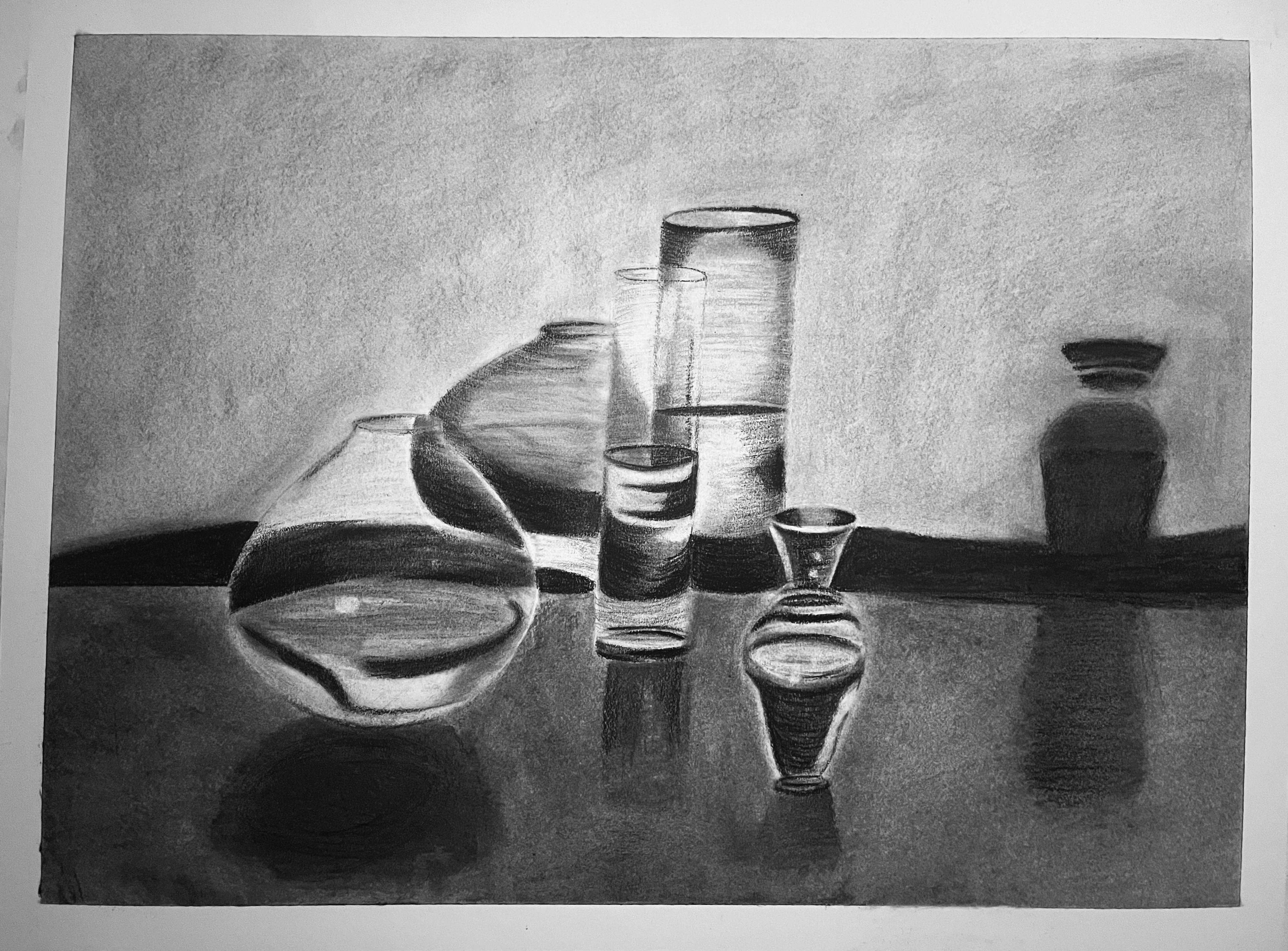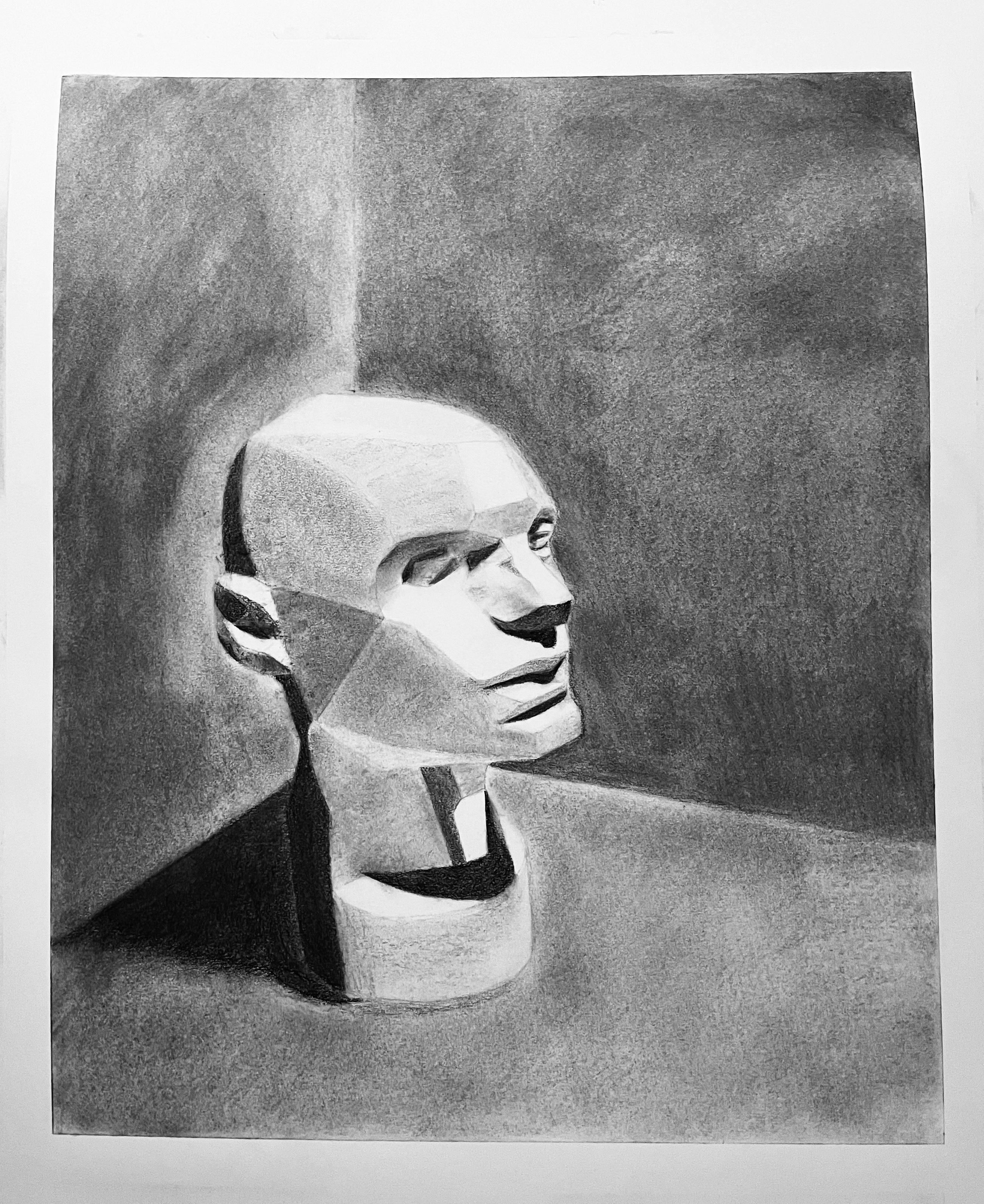
What you’ll practice
Controlling thickness, edge quality, and value when adding texture so forms still read and don’t turn into visual noise.
Tools & mediums
- Palette knives (small/large), stiff bristle brushes.
- Impasto gel/paste (oil-compatible) or straight paint from tube.
- Rags, solvent/soap for cleanup, scraper or toothpick for sgraffito.
Technique glossary
- Impasto: Thick paint for lights; place, don’t overwork.
- Scumble: Dry-brush light over darker midtones.
- Sgraffito: Scratch lines through wet paint to reveal underlayer.
- Knife spread: Lay flat planes cleanly with knife angles.
Step-by-step
1
Block-in thin
Establish values/shapes with thin paint so texture sits on a clear design.
2
Place thick lights
Use knife to set thickest paint where the light is strongest.
3
Scumble accents
Dry-brush lighter color over dry/drier passages to suggest texture.
4
Sgraffito detail
Drag a toothpick to draw hairline texture—don’t overdo it.
5
Edge control
Keep focal edges sharper; soften elsewhere to avoid chaos.
Tips
- Save thickest paint for light accents; keep shadows thinner.
- Load the knife, then place once—avoid smearing back and forth.
- Let scumbles dry before adding more to prevent mud.
Troubleshooting
- Muddy color: Overmixed—wipe knife often; premix piles.
- Texture everywhere: No hierarchy—reserve thick for focal.
- Scratches look harsh: Sgraffito too deep—use lighter pressure.
